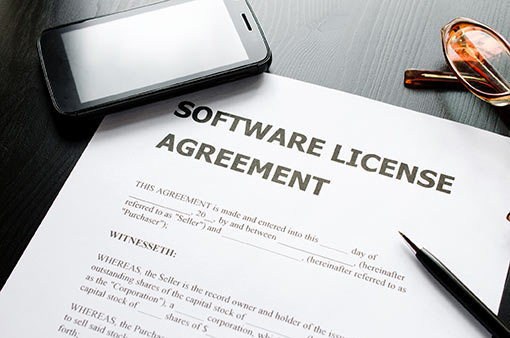Software licensing for IBM Z Systems can be a complicated and confusing topic, and Monthly License Charge (MLC) software costs can really add up. Most end users of IBM Z, even application developers, do not have any real understanding of how IBM licenses are charged or how to potentially save money with minor changes to the data center to optimize their licensing approach.
In this article, I will be making recommendations based on the assumption that you are using:
- IBM Z System mainframe hardware
- the zOS operating system
Although there are multiple operating systems that can execute on IBM Z mainframe servers (zOS, zVSE, zVM, zTPF, Ubuntu, Red Hat, SuSe, etc.), this blog article will focus on zOS. As a note, however, zOS and zVSE have similar licensing models. Independent Software Vendors (ISVs) do not normally provide an MLC pricing model.
MLC Software
MLC software is a set of products which the customer is billed for monthly based on usage. The charge associated with the MLC software includes access to IBM support and software maintenance upgrades. Occasionally, a version upgrade of an MLC product may incur a small service charge due to significant functional or feature enhancements. The majority of MLC software is operating system oriented: zOS, CICS, Db2, IMS, MQ, etc. There are other software products that are also MLC and co-licensed with these core products. There are also software products that, when licensed, must be licensed for all logical partitions (LPARs) where these exist, e.g., Db2 Tools must be licensed wherever Db2 is installed.
MSUs
IBM measures the capacity of their hardware using a metric referred to as Million Service Units (MSUs). MLC software is priced per MSU. MSU ratings are published and readily available and vary based on the CPU, hardware generation, and CPU capacity settings. MSUs are not the same as Millions of Instructions Per Second (MIPs). MIPs are regularly used by ISVs as a pricing metric.
Sub-Capacity
The capacity of the hardware is used as a basis to determine the monthly charge for the MLC software. LPARs can also be used to sub-divide the IBM Z hardware to fence off software installations and usage, thereby controlling their MLC software usage. Many customers implement a sub-capacity model, whereby they can reduce monthly costs when they are not using the full capacity of their hardware and may temporarily up the capacity for special processing needs, e.g., quarter end or seasonal spikes. The temporary boost in capacity is referred to as Capacity On Demand (COD).

Technology Dividend
IBM invests heavily in new technology on IBM Z systems and incorporates the latest technology into new versions of its mainframe hardware. IBM marketing may change the naming scheme applied to the next generation, called zNEXT, a term used to indicate the next upgraded version of IBM Z hardware, but historically a basic numbering scheme has applied: z9, z10, z12, z13, z14, z15, etc. For each zNEXT machine that is introduced, IBM assesses an MSU rating. Historically, the MSU rating for each new machine provides about a 10% reduction in cost per MSU. Theoretically, if the box were rated at 1000 MIPS, and the new box is 1100 MIPS, the MSU rating would be very close, allowing for a 10% boost in performance for nearly the same MSU rating.
Making the Most of Your Software Investment
Managing your vast array of software and the associated licenses can be daunting in the ever-changing world of technology. Mainline offers Software Asset Management (SAM) solutions that help you track, document, ensure compliance, and gain control of your IT assets while reducing costs.
Get on the path to digital transformation with a Mainline Software Assessment. Schedule your Complimentary Software Assessment today, or contact us or your Mainline Account Executive for more information.
Related Articles and Blogs:
BLOG: International Program License Agreement IBM System z – Part 2
BLOG: Software Licensing on System z – PassPort Advantage – Part 3
PDF: Navigating the IBM Enterprise License Agreement
PDF: Software Asset Management Services for IBM Software Licenses

